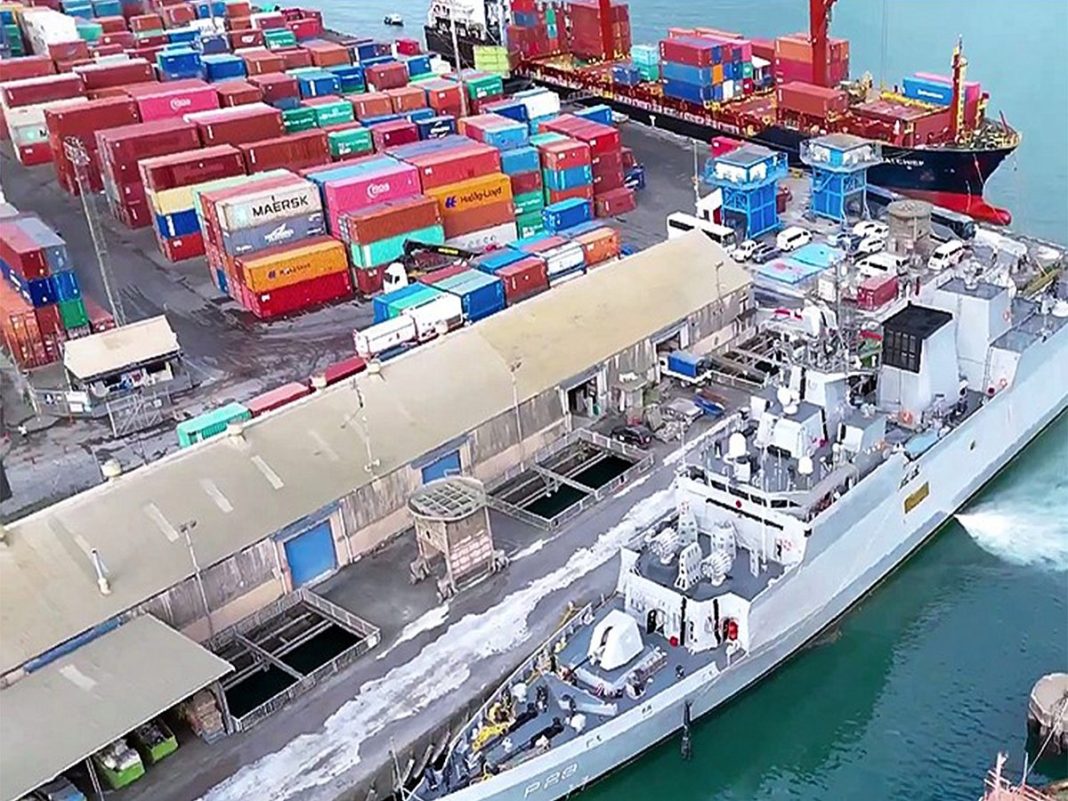Key Takeaways
- India’s trade deficit with China hit $64 billion in April-October period despite 25% export growth
- Exports to China have declined 33% over five years while imports surged 74%
- China remains India’s top supplier across all eight major industrial categories
India’s trade imbalance with China continues to worsen, with the deficit reaching $64 billion in the first seven months of the current financial year. This represents a significant increase from the $57.65 billion recorded during the same period last year, even as Indian exports to China grew by 25%.
Five-Year Decline in Exports
Despite recent export growth, India’s overall exports to China have been declining steadily for five consecutive years. Between 2020-21 and 2024-25, exports fell by nearly 33%, dropping to an all-time low of $14.25 billion in the last financial year. During the same period, imports from China surged by almost 74%.
The 2024-25 trade deficit stood at $99.12 billion, dangerously close to breaching the $100-billion mark. In the current financial year’s first seven months (April-October), exports have reached $10.03 billion.
Import Drivers and Dependencies
The surge in Chinese imports has been primarily driven by rising demand for electronics, EV batteries, solar cells, and essential industrial inputs. According to the Global Trade Research Initiative, China dominates as India’s top supplier across all eight major industrial product categories.
Trade experts highlight that India’s internal manufacturing gaps and limited industrial capabilities continue to fuel dependence on Chinese imports. Even India’s electronics export sector relies heavily on Chinese raw materials.
Industry Concerns and Government Response
Manufacturing sectors, particularly steel, have repeatedly raised alarms about Chinese dumping and predatory pricing practices that burden domestic producers.
“Several Indian businesses continue to import from China because raw materials are available at far more affordable prices. Reducing imports is not that easy,” said an unnamed government official.
Even when exports show improvement, the trade deficit expands further. Between April and August this year, while exports grew by just over 4%, the deficit increased by more than 15%.
The government has established an Inter-Ministerial Panel for Import Surge Monitoring, involving the Department of Commerce, DGFT, Customs, and DPIIT, to monitor potential dumping activities.
However, recent relaxations of quality control orders on stainless steel, textiles, and petrochemicals have sparked fresh concerns about a possible import surge, creating uncertainty among domestic manufacturers.




